I use to have this bad habit of adding salt to my dish by pouring the salt straight out of the container into my pot. This is why I would oversalt my food on many occasions. This is a cooking tip that my mom made me aware of (thanks mom).
The bad thing about adding salt to your pot is, that the salt just pours out. Since I am very “smart” on these occasions I use the big side of the salt container to pour out the salt, which is just a bad idea all around. I do not know what the big side of the salt container is called. If you know let me know in the comments.
However, I ended up oversalting my food and ruining what could have been a perfect dish. Here are a few words of advice that apply to this situation “You can always add, but you cannot take out”.
Two, the steam coming off of your food creates condensation, which is moisture. If you are familiar with how salt is made, the whole idea is to remove the liquid (saltwater) until you are left with salt crystals.
This is bad when the condensation from your food goes into your salt container. What happens is that the salt begins to clump in the container. This is bad again because you will end up adding clumps of salt into your food if you do not shake the container to loosen up the clumps. It will be even worse when your food comes out salty like my famous stewed black beans.
Let me share with you one of my embarrassing cooking moments when I was learning to cook. One time, years ago I made stewed black beans. I mean it looked delicious but as they say “Don`t judge a book by its cover” and “Looks are deceiving”. Those two sayings applied perfectly to my black beans.
I made the BIG mistake of adding in salt and not tasting. The bad thing is that I added A LOT of salt. I guess I thought I knew what I was doing but I soon found out I had no clue. Well, I pretty much made the worse, disgusting, terrible, saltiest black beans known to man. When I tell you salty, I mean so salty and oversalted that it felt like it burned my tongue at the first bite. Now I have learned my lesson and I always taste my food several times along the cooking process, especially black beans.
To avoid this, I now pour my salt on my stirring spoon over the counter and then stir into my dish. This prevents two things from happening. One, I don`t over-salt my food since I can see how much salt I am adding in. No senseless pouring. And two, no moisture gets into my salt container as I do not pour my salt over my pot where condensation can get in.
The bottom line is that to become better you need practice and making mistakes will happen. As for me I carefully salt and sometimes I under salt whenever I make black beans. I hope that this cooking tip is helpful.
Do you have any embarrassing cooking moments? Have you ever terribly oversalted your food? I hope that I am not alone. Share a cooking tip in the comments below.
Please share this post with your cooking circle. If you haven`t already, please subscribe to my mailing list so that you can be notified when I post cooking tips like this, plant-based blog posts, and more embarrassing stories like this to my blog.
Join the @myplantbaseplate community on Pinterest, Twitter, and Instagram. Thank you so much for being here and reading this post. I sincerely appreciate it. Have a good day and God Bless. Let`s grow together!
Kiara,
My Plant Base Plate
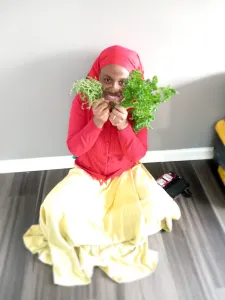
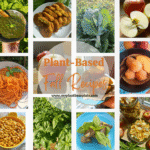
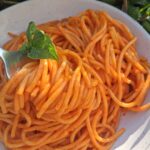
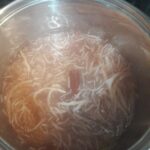
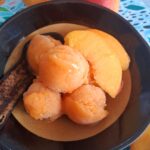
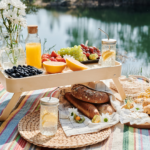


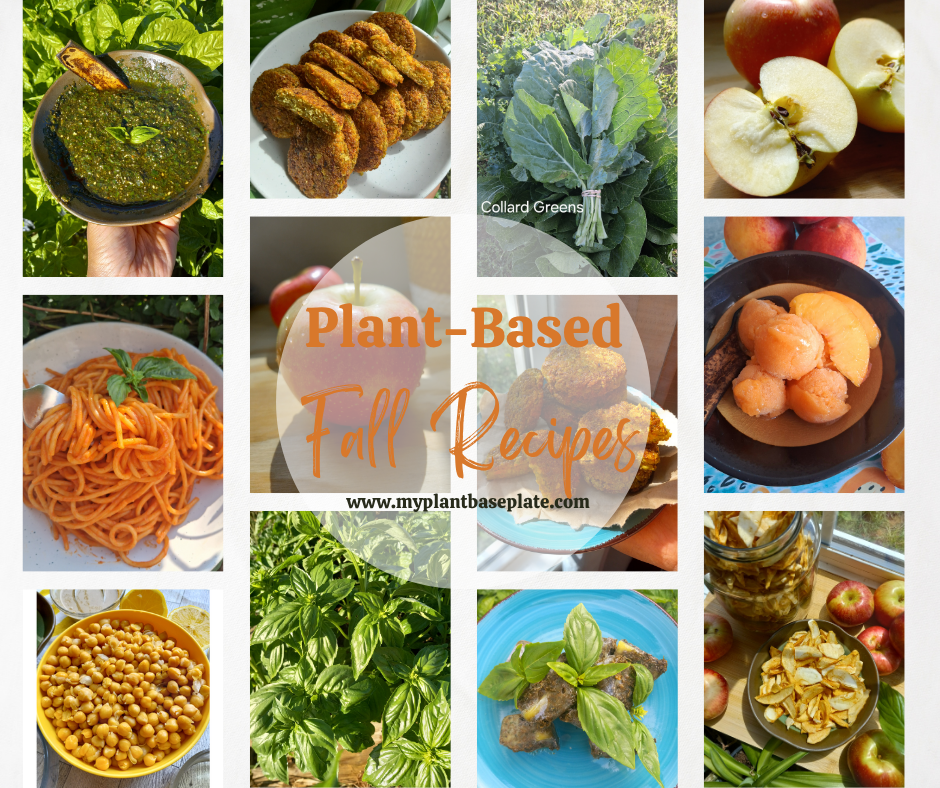
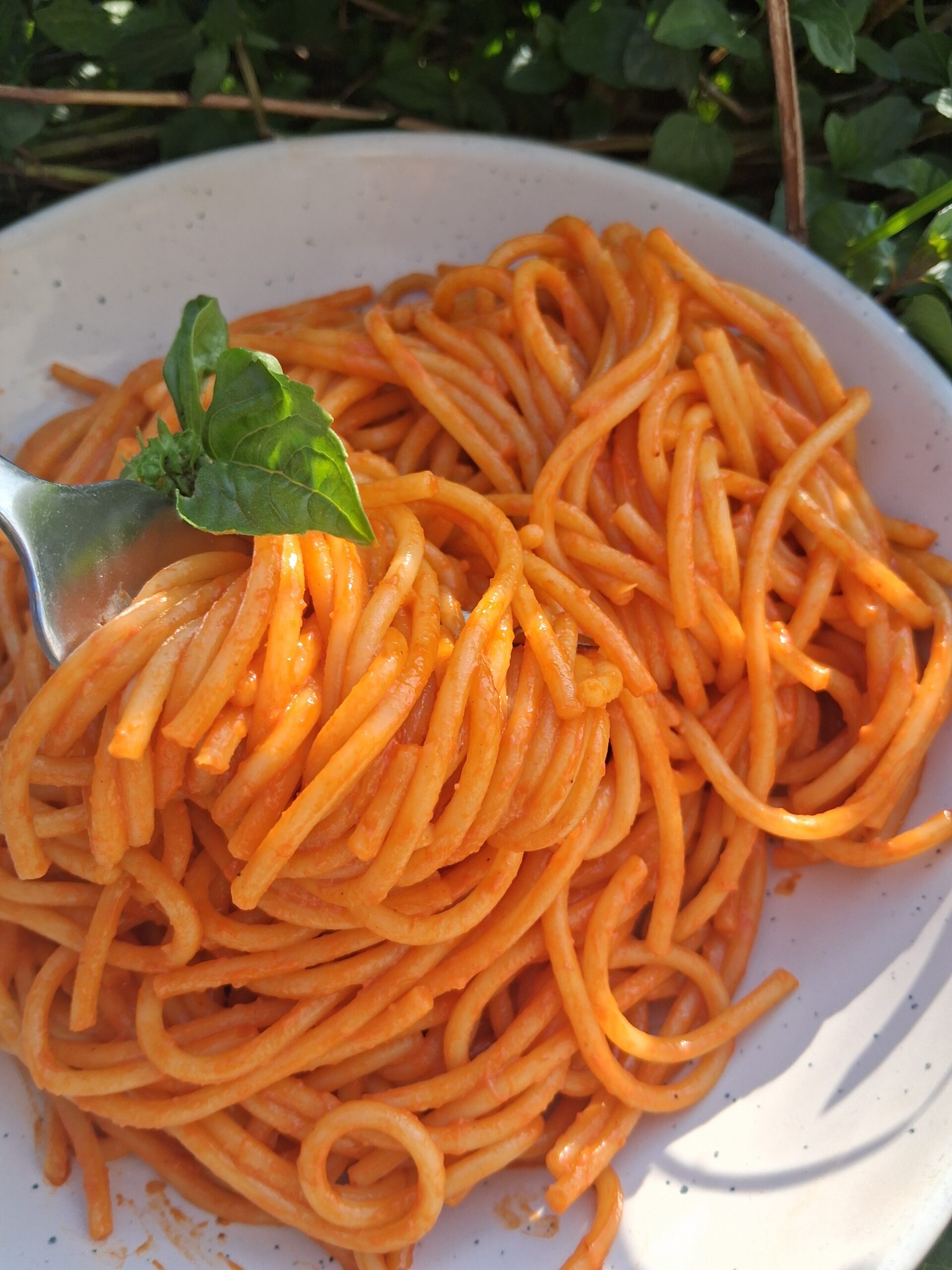
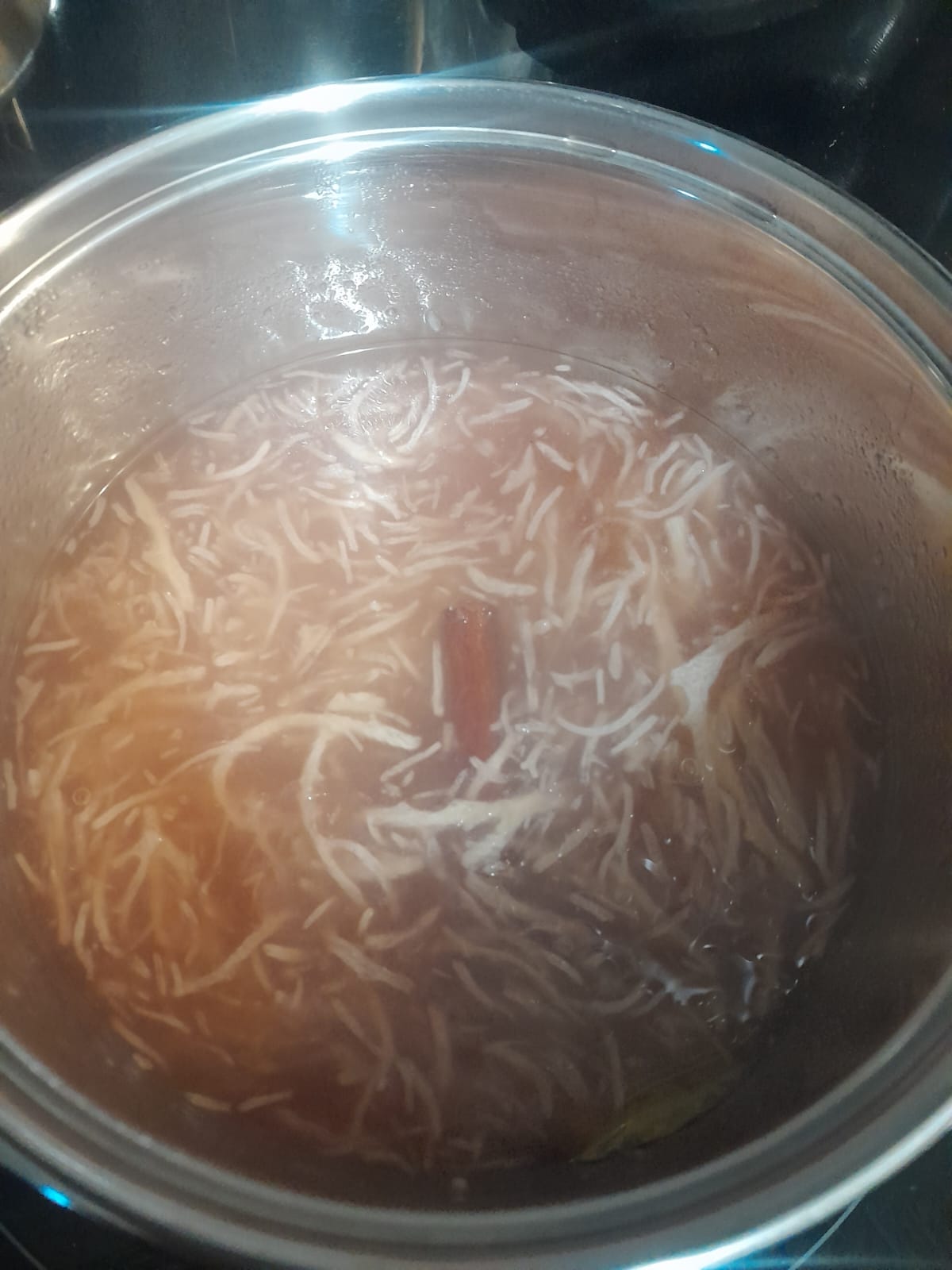
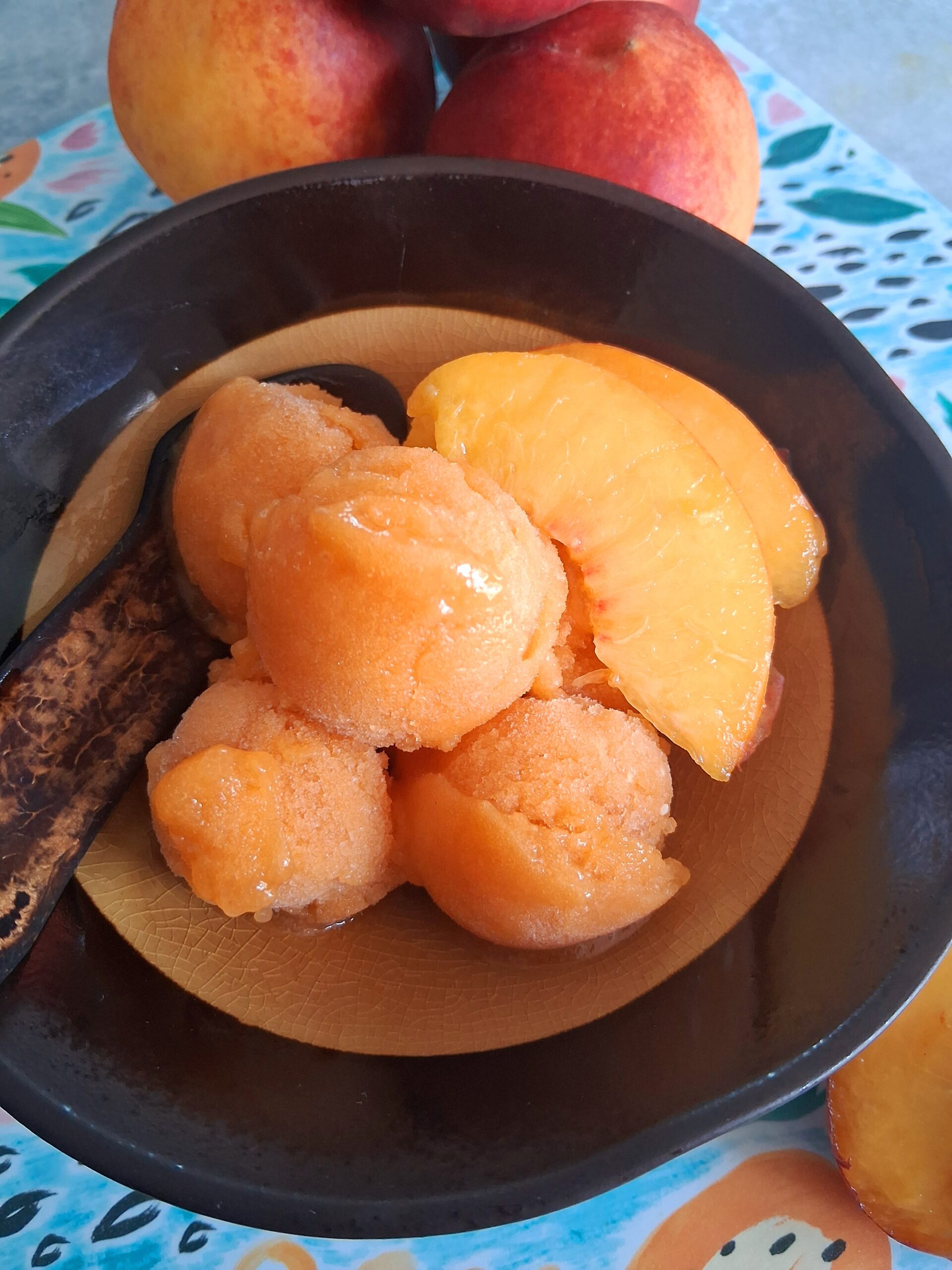
Leave a Reply